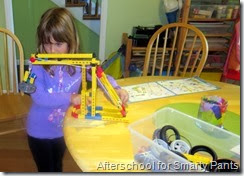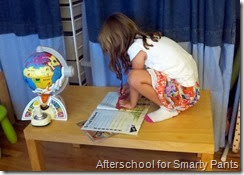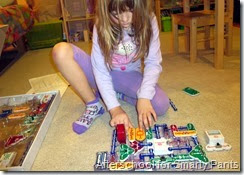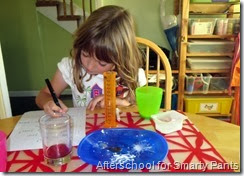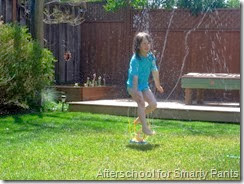I’ve said this before: June and July are crazy for us with our busy swim and dive schedules.
So honestly, any downtime my kids can get, I’m totally thankful for.
Even when Maddy, Owen, and Cora are not at practice, they want to be at the pool, hanging with their pals and swimming it up. In the sun, moving and not stopping. It is summer after all.
And busy summer kids don’t really want to stop to read unless the reading’s really good.
I’ve had to find really good reads and really fun activities for them to do to even compete with the awesome summer they’re having.
Lucky for us, I’ve scored some pretty fab nonfiction reads that I can’t wait to share.
And? I even have one to give away to one lucky reader. So exciting!
Here’s the skinny. . .
- Nonfiction Reading in the Summer–Our Must-Have Picks:
There aren’t many must-have picks but there don’t have to be. (This first one is seriously rockstar, and this is the one I’m giving away!)
- National Geographic Kids Almanac 2015: We have several editions of the NatGeo Kids Almanac, but this year’s seems to be the coolest.
Not only is the almanac full of fun facts and articles about everything from our world, to animals, to science, history, or geography, it also has an interactive component.
Readers can scan the National Geographic Scanner App and any time they see a little icon, they can use an Apple device or android device and learn even more. It’s awesome.
Pages of the National Geographic Kids 2015 Almanac are full of color, fun fonts, photographs, and diagrams, and each little section is more exciting than the next. It’s almost as if National Geographic Kids pulled the best parts of their magazines and shoved them all into one happy little paperback.
I totally love the:
- great size: perfect for small hands and pool bags.
- extraordinary content: quick to digest, easy on the eyes, and memorable. Kids will be eager to pick it up and learn more about subjects that interest them.
- fabulous conversation starters: kids will want to talk about what they read which is awesome. Awesome.
- tons of possible extensions: great reasons for kids to follow-up, learn more about the topics, even do the related activities.
- fun facts and cool nonfiction reading!
I love this book. I love that it’s full of nonfiction reading that kids truly love, that they can pick up and digest in small doses–whenever they have the time!
The random facts that my kids are sharing at totally random times is absolutely a riot.
Did YOU know that Twinkies actually are not the best food for survival kits because their shelf life is only 45 days? Me neither. it’s on page 110.
—————————————————————-
- Time for Kids Book of Why: Stellar Space, or
- Time for Kids: Really Cool People and Places, or
- Time for Kids: Amazing Sports & Science, or
- Time for Kids: Awesome Animal Kingdom: really, the whole collection rocks.
What I love about this collection is that the books are small and fit easily in the pool bag or backpack, and they’re chocked full of fun info for kids.
Every single fact begins with a ‘why’ question:
Why do football players put black grease under their eyes?
Why did Franklin Roosevelt use a wheelchair?
Why are the Earth’s icecaps melting?
Why are there so many different kinds of dogs?
And each answer is accompanied by photos, illustrations, or drawings to explain the answer.
Super for kids to pick up on the go, read, and share with their pals.
————————————————————-
GIVEAWAY: Your very own copy of the National Geographic Kids 2015 Almanac.
Do you want to win your very own copy of the National Geographic Kids 2015 Almanac.??! Yes, yes you do.
——————————-
Please use the Rafflecopter widget below to throw your name in the hat:
This giveaway ends Friday, July 25, 2014 at midnight ET and is open to folks here in the US only. Winner will be chosen by ‘Rafflecopter’ and will be notified on or around 07/25/14. Winner must respond within three (3) days of notification or forfeit the prize, in which case an alternate winner will be selected. All Official Sweepstakes Rules apply.
fyi: I am proud to be a part of the National Geographic Kids Insiders Group. This is an unsponsored post; as always, my opinions are all my own, influenced only by my personal experience as a parent and educator–and, of course, my three little nonfiction readers.





































 The pretzel-makers were so nice!!
The pretzel-makers were so nice!!




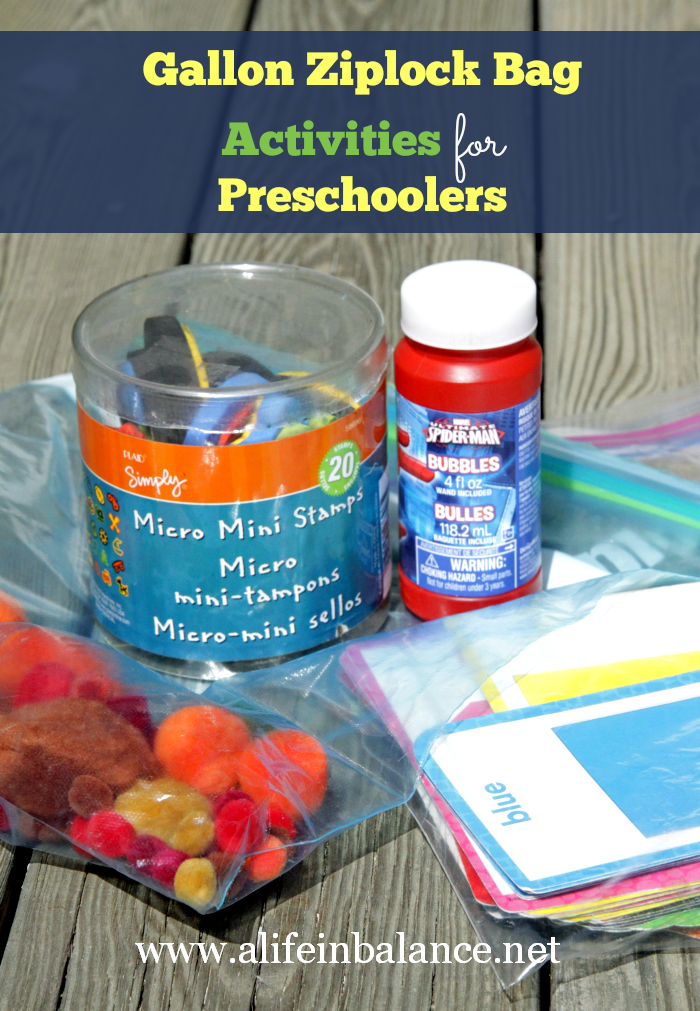








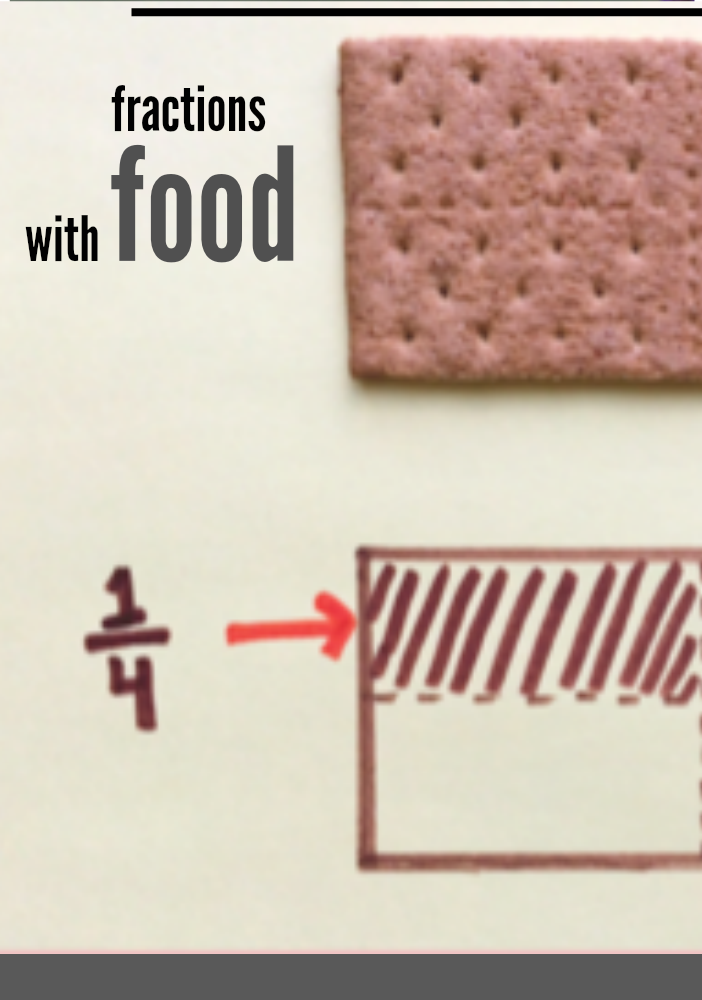





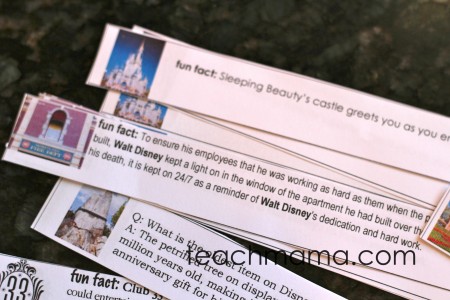

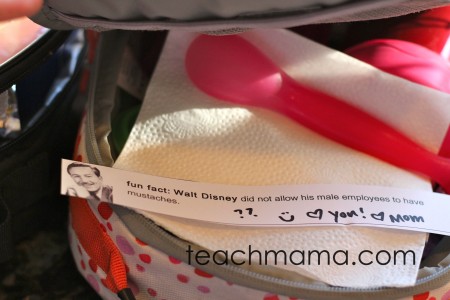
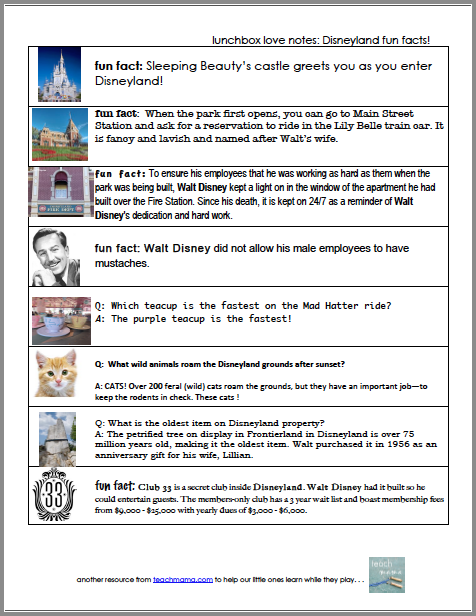
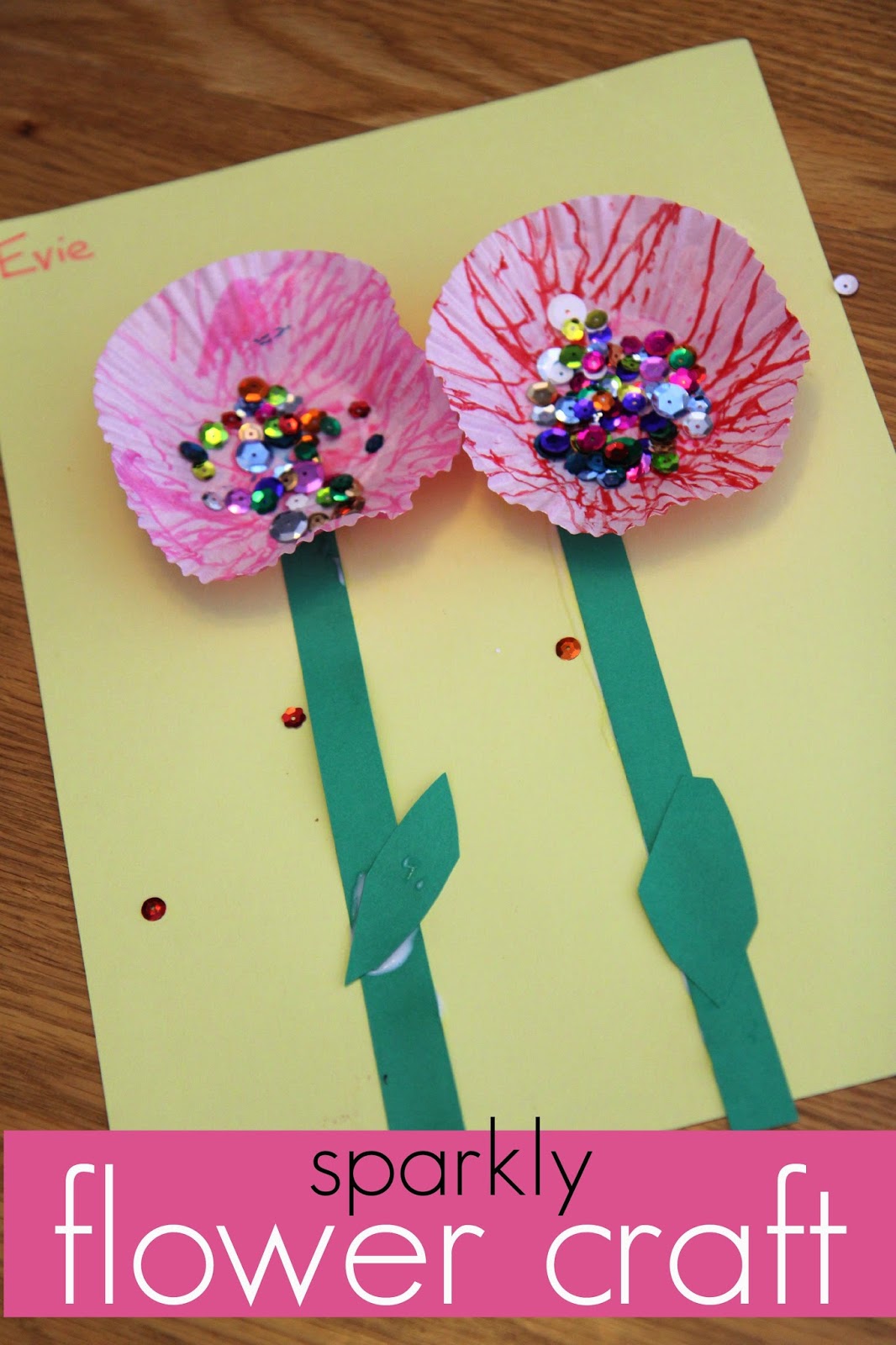









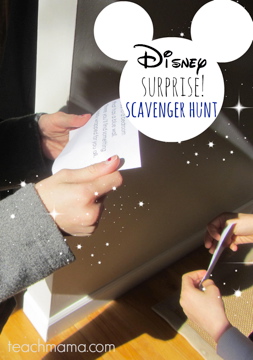
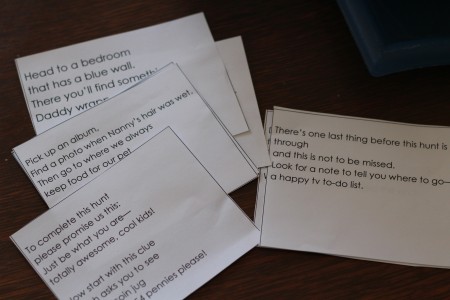














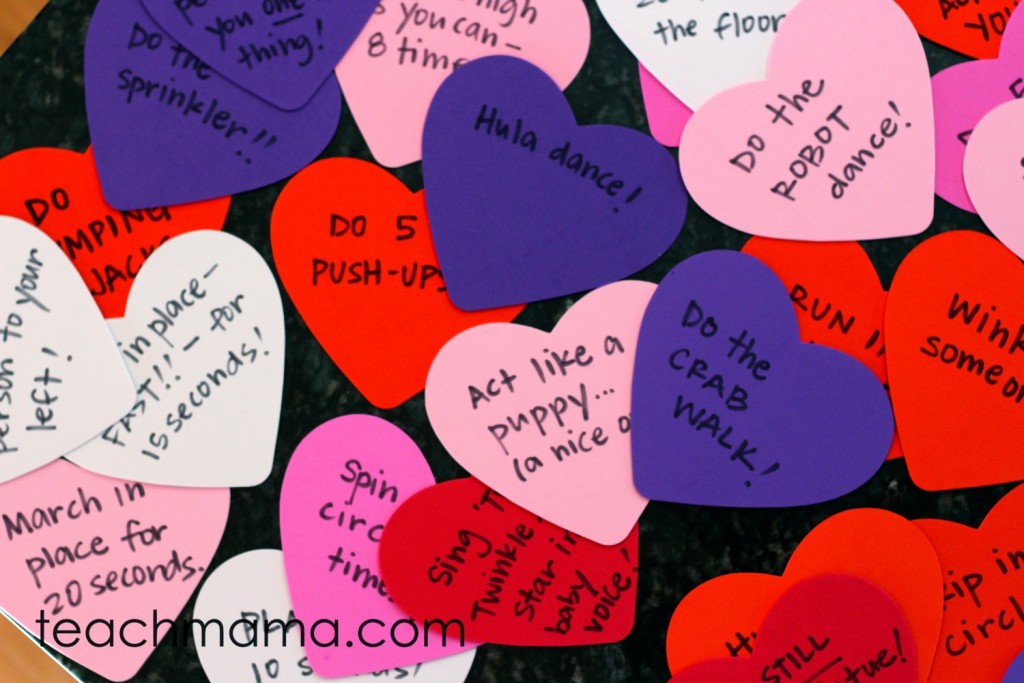






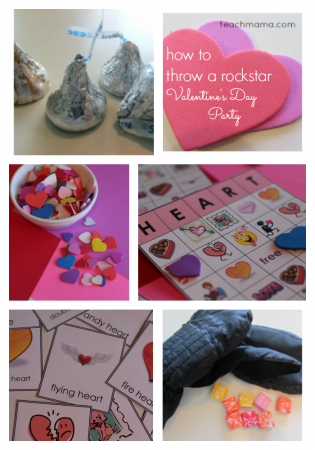
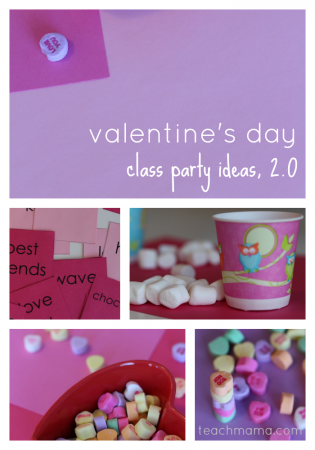







 Visit AJ’s blog at
Visit AJ’s blog at 




![Ways to Support Advanced Learners at Home_thumb[4] Ways to Support Advanced Learners at Home_thumb[4]](https://teachmama.com/wp-content/uploads/2014/01/Ways-to-Support-Advanced-Learners-at-Home_thumb4.jpg)
